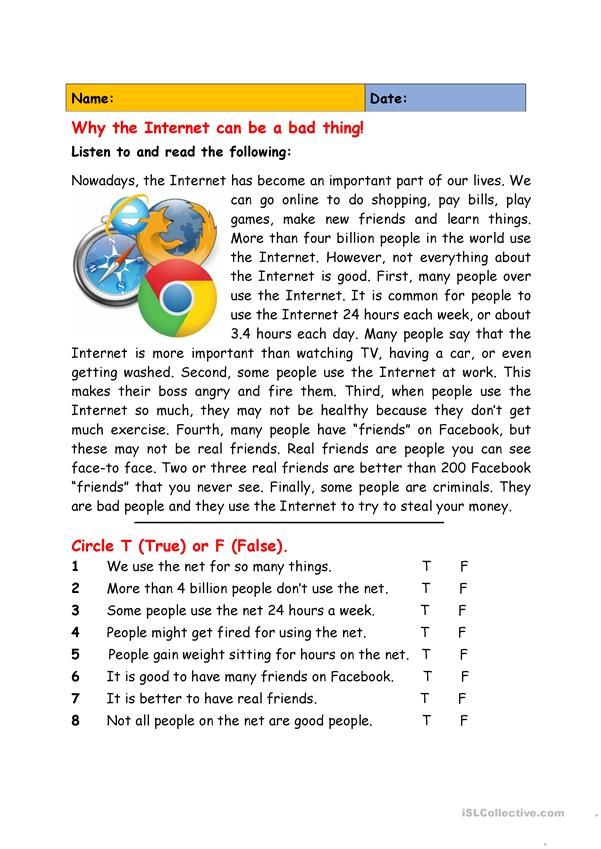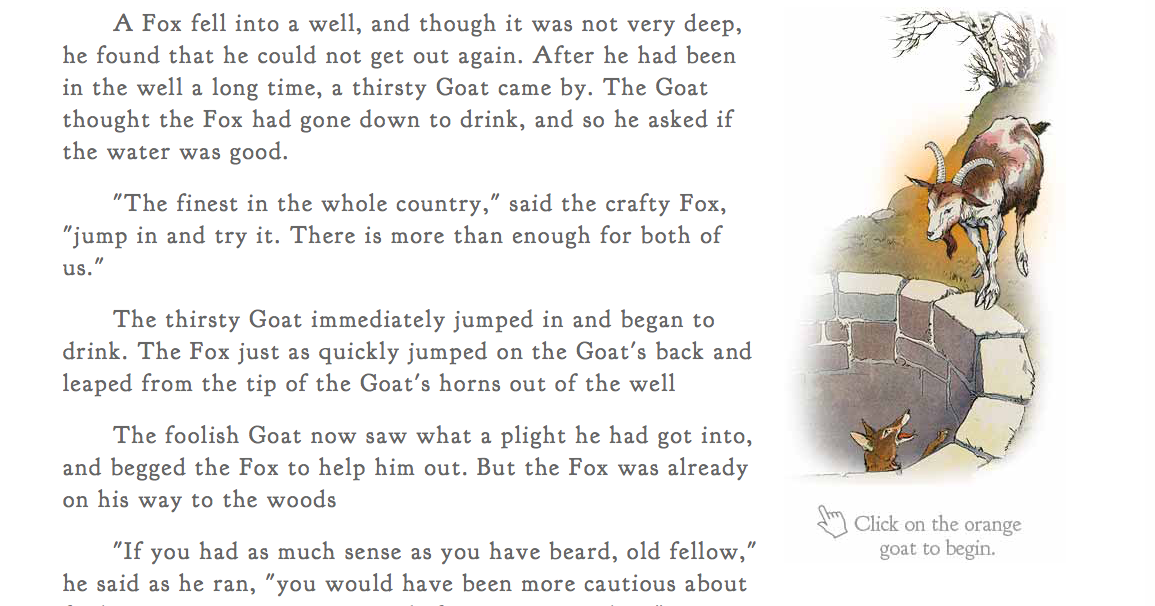What level reading for year 2
What Reading Level Should a Second Grader Be At?Making English Fun
Both learning to read and reading to learn are an essential developmental skill and assessment tool at all levels of education from second grader to university level. Reading levels are an integral educational tool to not just assess progress of students but also give information to help teachers, parents and educators plan to improve students reading levels.
A second grader reading level will range between 6 to 20 on RR and Pm Reading levels. There will be outlying numbers depending on the situation of individual students. Reading levels allow teachers to choose appropriate reading materials to effectively develop students reading and comprehension skills.
This what reading level should a second grader be at article will also cover the following information:
- What are reading levels and how they can be used to help your 2nd graders to improve their reading skills.
- What you can do to support your students, 2nd grade and others, to progress.
- Reading skills and concepts that students will learn in second grade.
- Links to our 2nd grade reading resources ( and other resources)
If you are looking for worksheets for grade 2 we have a large collection here in the article below.
What Is a Reading Level?
There are multiple different programs and tools to assess students reading levels. The majority of these reading level assessments all share common indicators. They assess the comprehension, pronunciation, decoding and fluency ability of a student of English while they are reading a short leveled text.
Second graders are highly unlikely to be reading at a seventh grader level and it would not be useful or effective to have them reading the same materials. At this stage, in second grade, there is still more emphasis on reading skills and the actual mechanics of reading.
Reading comprehension is included in 2nd grader lessons but it is introduced as their hard reading skills become more developed. It is impossible for them to understand something they cant actually read!
Scholastic, have detailed information on the different reading level assessments and programs which, as highlighted above, all have commonalities. They do of course have difference as well, with some like Lexile concentrating on word count or difficultly of words and others like the PM benchmark looking at simplicity of both words and sentence construction.
Different schools, regions and educational systems will use different reading assessment tools, but the chart below offers a handy comparison to help both teachers and parents when it comes to choosing reading materials.
The different systems can be confusing at first and when choosing what reading levels books to choose for 2nd grade classrooms it is definitely of use to spend some time with both your reading resources and the chart to make sure they fit the reading level of your students
.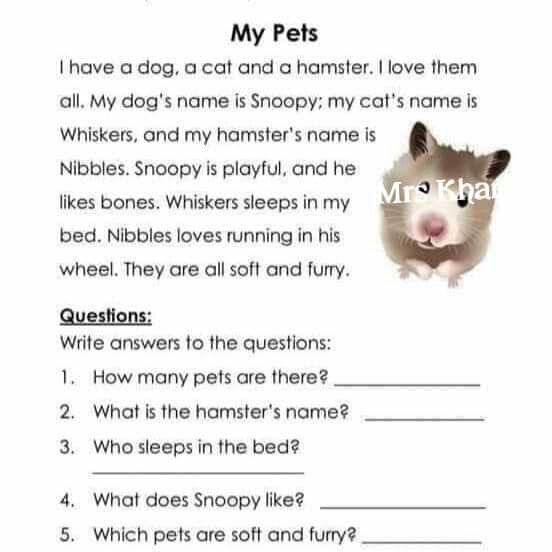
We use this chart in all our reading level articles.
Many Guided reading publishers have developed their own systems as well.
- Scholastic Guided Level Reading Program
- CCSS Lexile Recommendations
- DRA Level
- PM Benchmark
For both ease and continuity, ( as we have used this Reading level assesment tool in our other reading level articles) we will use the DRA reading level today.
What is the DRA Reading Levels Assessment.The DRA ( Developmental Reading Assessment) is a reading skill assessment tool that aims to evaluate students reading levels to enable teachers and parents to assess students reading skills including fluency, comprehension and phonics. They aim to discover the independent and instructional reading level of students.
What is an Instructional Reading Level?
Instructional Reading level is the reading level directly below independent. Students should be able to comprehend and decode upwards of 80% of the text at an instructional level.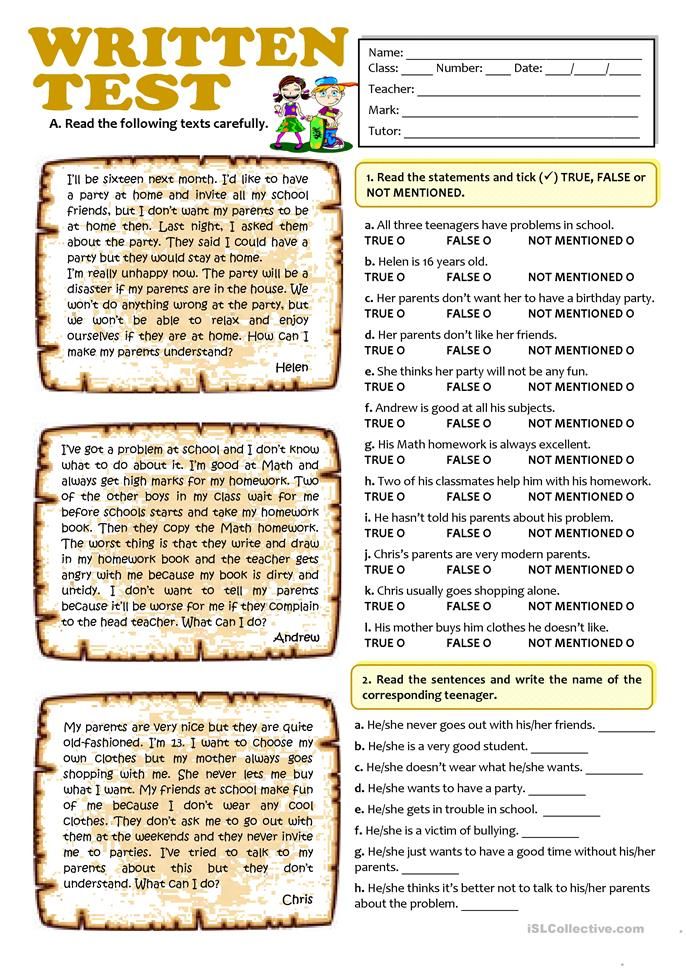 This level can vary between students and also between subjects as students have interest and motivators that differ.
This level can vary between students and also between subjects as students have interest and motivators that differ.
What is an Independent Reading Level?
An independent reading level is a level of reading ability that allows students to read texts without assistance from teachers or parents. When reading this level of text students will be able to decode over 90% of words and answer increasingly complex comprehension questions independently.
What is a Frustration Reading Level?
Frustration level reading can be defined as text that are to complex for a students current reading level. Texts at this level will not help progress students to higher levels, conversely attempting to read at this level will demotivate students and hinder their development of reading skills.
In 2nd grade, as well as other grades, classrooms and homes teachers and parents should aim at using an instructional reading level.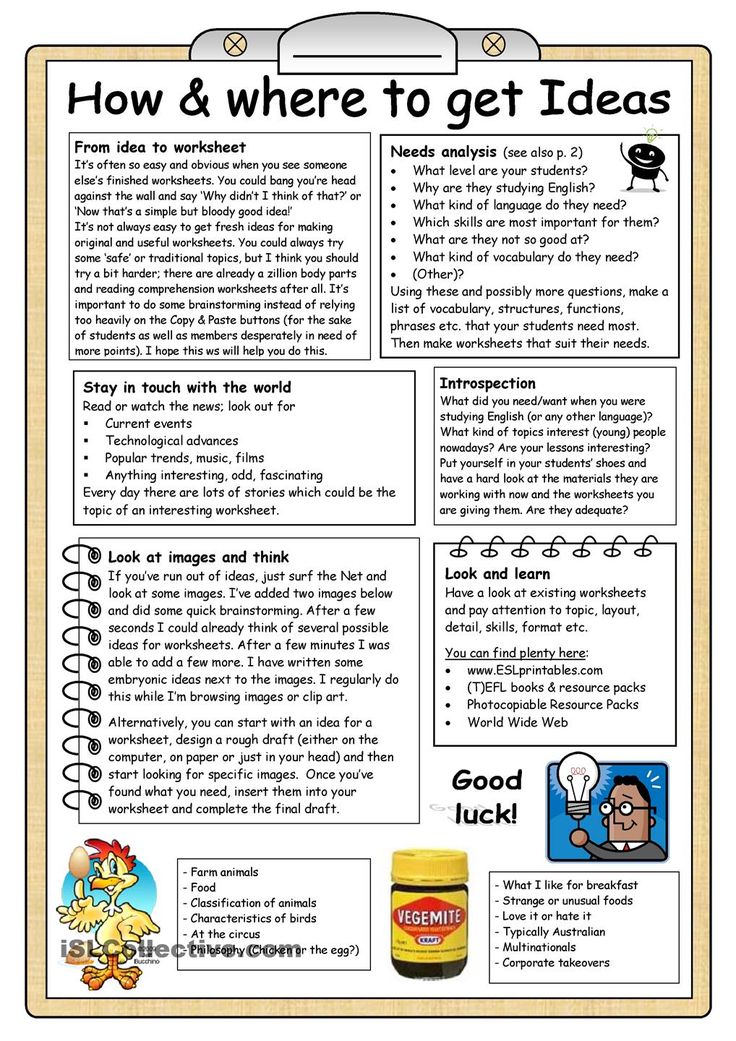 This enables students to comprehend and therefore engage with texts with minimal assistance, and gives them the motivation to see they are doing well, but still have the support and guidance of teachers and parents.
This enables students to comprehend and therefore engage with texts with minimal assistance, and gives them the motivation to see they are doing well, but still have the support and guidance of teachers and parents.
Guided reading, for which we have many articles and resources, is an excellent way of introducing text at this levels to small groups of 2nd graders. In fact is it more beneficial to introduce guided reading at this stage as students have matured and are becoming more independent. Check out the links to know more. We have an article here on what age you can start teaching guided reading.
What 2nd Graders Learn Throughout the Year.
As we mentioned above a second grader can be reading from about reading level 6 to level 20. However please don’t worry if your students or children are below this, or be to confident if they are above this.
As time progresses so will your students reading levels. Just aim to to the best job you can, and provide them with appropriate leveled 2nd grade materials and the time to cover them.
Just aim to to the best job you can, and provide them with appropriate leveled 2nd grade materials and the time to cover them.
The next section covers what skills they will learn to help them improve their reading levels through out the second grade.
Note: Children develop at very different speeds, and different learning environments will impact. If English is a second language, or if there are other demands on students or parents time will all play a part. Be assured that in the vast majority of cases, with a little planning, all students progress and develop their reading skills.
What Reading Skills They Will Learn in Second Grade
Although we mentioned in our What level should a first grader be at article, that an essential part of learning and reading in first grade is comprehension, this is not just a face value statement. In First grade there is a focus on shared reading or story telling which is undertaken in whole class or larger groups.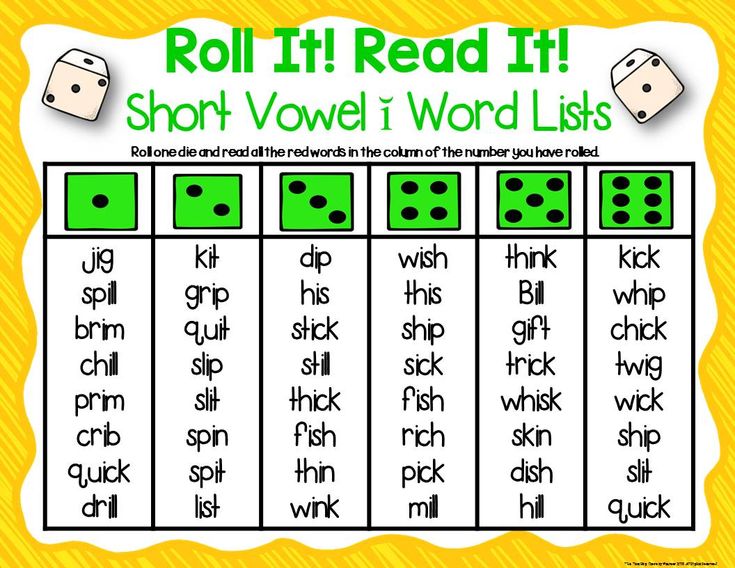 This asks students to read together more than in small groups.
This asks students to read together more than in small groups.
They have to retell stories and predict outcomes and books will be fairly formulaic story books with similar phonic and sentence structures. In Second grade, as mentioned above, emphasis can be moved on to guided reading sessions.
According to Reading Rockets, a second grader will be focusing on the following English and reading skills. We have put this information in a table to provide resources for FREE download to help you as well.
Vowels and long vowels will be introduced in greater detail in second grade including Silent E, and some alternative spellings like diphthongs and vowel digraphs. The teaching of these will help students increase their decoding skills and improve their vocabulary.
Punctuation is another essential part of the second grade year. Exclamation points, question marks, periods might be introduced in some grade one classrooms, but will certainly make an appearance in second grade classrooms.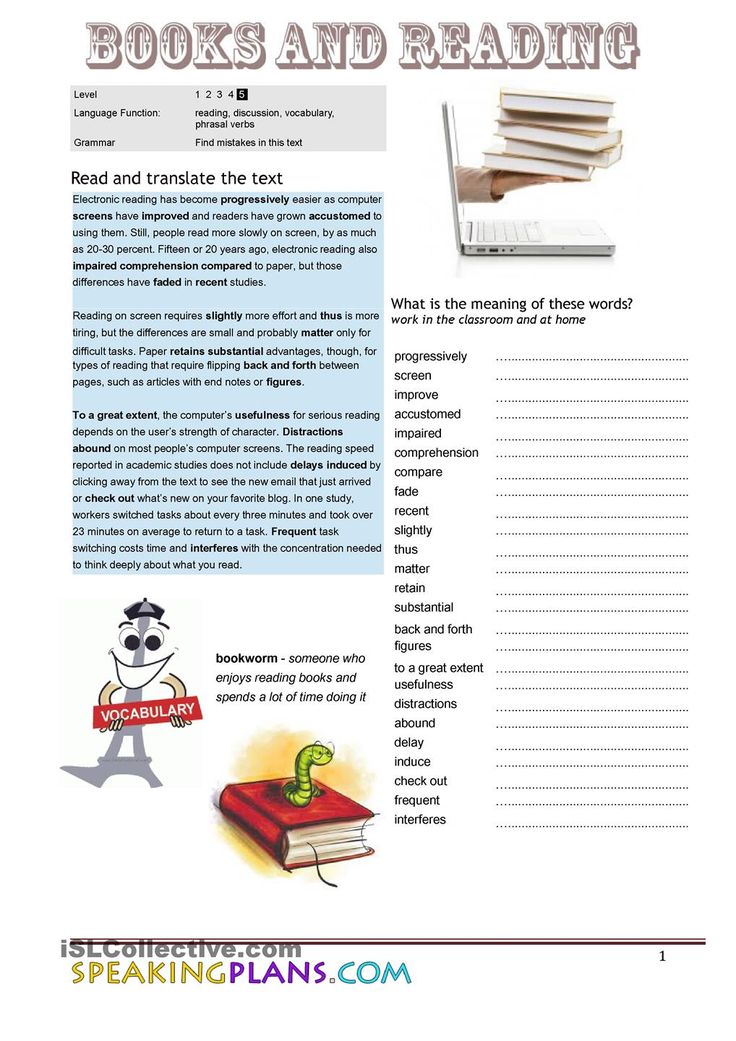
Semicolons and colons might be introduced in more advanced lessons or towards the end of the year. you can find some punctuation worksheets here and on the link in the table above.
Reading and writing skills such and conjunctions, pronouns will be built on and by now capitalization will have been covered so revising that may be necessary if you notice your children or students forgetting or not using this. We have some worksheets here and in the table above if you need. Pronouns are likely to be expanded on as well.
Amazon.com
Phonics Flash Cards - Learn to Read in 20 Phonic Stages - Digraphs CVC Blends...
$17.99
BUY NOW
- 31%
Amazon.com
Learning Resources Sight Word Swat a Sight Words Game - 114 Pieces, Ages 5+...
$12.25 $17.99
BUY NOW
Amazon.com
Sight Words Level 2 Bingo Game
$13.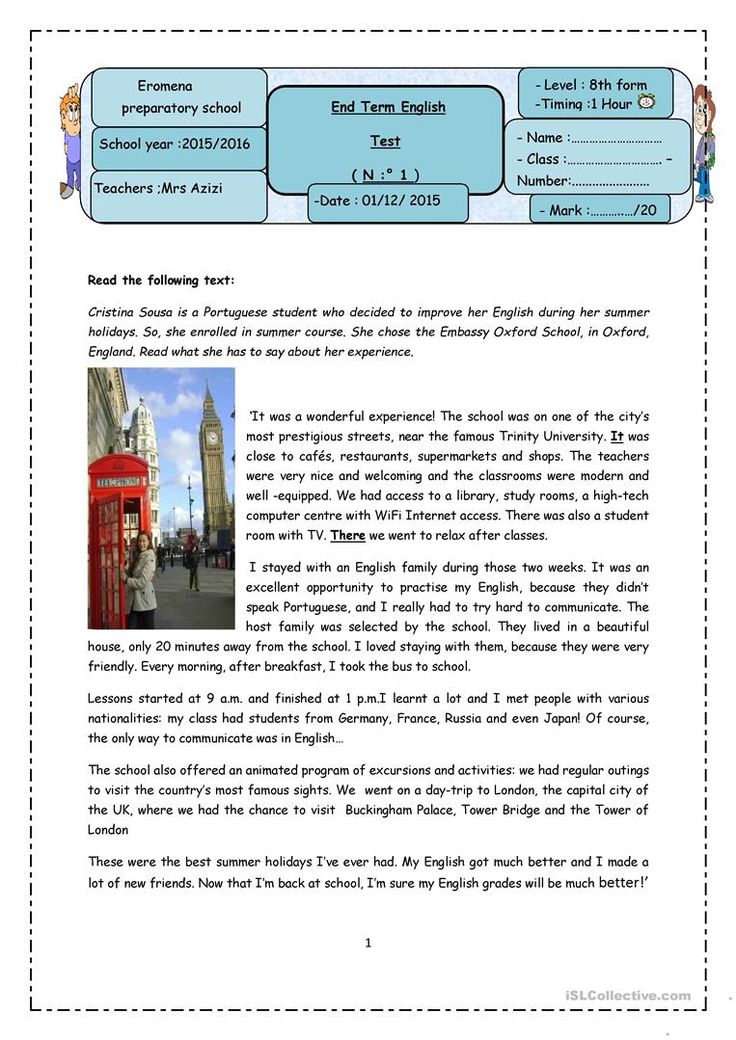 99
99
BUY NOW
Sentences and constructing sentence will become more important in second grade. Reading materials will include more complex versions and teachers and parents can use reading levels to gain appropriate levels of text for their students and children. We have some on the site for free, and in addition we also have sentence making and sentence scramble worksheets as well (link)
However some of the best ways to engage 2nd graders is through online games. By this time they will have become aware of tablets and phones being help in parents and siblings hands. We have articles on some of the best online games, and have a page that has all the ones we make as well. These are free to play and very popular and certainly add motivation to your lessons!
What Can Teachers Do to Improve Reading Levels at 2nd Grade.
Teachers can develop a love of reading in classrooms and encourage students to take control of their own learning as well.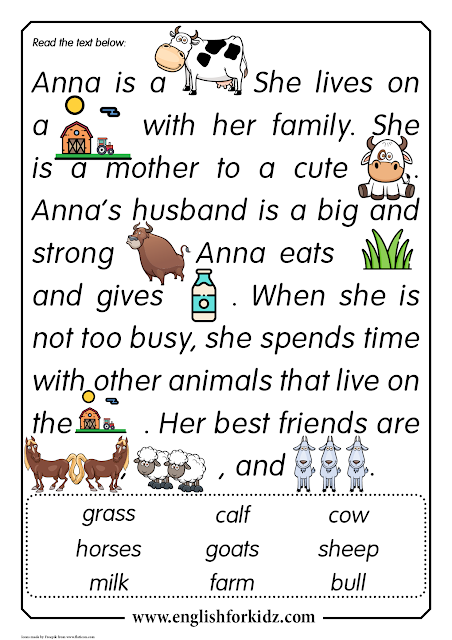
- Have a selection of levelled suitable for 2nd graders covering fiction and NON fiction texts.
- Make sure there is a mix of text types and text subjects.
- Try to have a corner in the classroom for quiet reading.
- Mix up ways of presenting resources, online games, worksheets readers etc.
- Read stories and continue doing story time, many children don’t get chance to experience this enough.
- Display reading strategies and phonics strategies on walls for students to reference. ( also put in their day books or on desks)
- Run Guided reading lessons. ( you can get information on this here)
What Language Will Books at Grade Two Reading Levels Contain?
During students second grade year, Language contained in reading resources will move from three to four letter words and start to include fairly familiar longer words and two or three syllable words. Common words will be used like days of the week, hobbies, weather and more o help increase vocabulary.
Parents.com suggests asking your child questions about books, stories, and sentences that they’re reading. This allows them to process information as they are reading and to move from just learning words to attaching meaning to them. Our reading materials include 3 to 5 questions to help with this. These can be asked verbally or they can complete them as a worksheet post reading.
This is taken from our Reading for first grade article but applies across all grades.
- Break down every word into individual letters. If there’s a combination (sh, th, ough), separate it into its own chunk. This starts to introduce syllables to students.
- Focus on words that they already know how to say. If they’re familiar with the word, they’ll be able to use contextual clues to figure out how to read it.
- Don’t study for too long. Short 15-minute study sessions hold their interest long enough to prevent reading from becoming a boring chore.
 Little and often is better.
Little and often is better. - Use the resources from school and online to supplement these skills. you can access using the following links the 1000s of reading resources on our site for free and premium downloads.
How Can Parents Help Their Second Grader Develop a Love for Reading?
Parents, especially at first and second grade, play a vital role in helping your child become interested in reading. Story telling, appropriate reading resources and books in the house will all help. However we have a list below to help you gather some ideas as well.
Here’s a list of ways that you can help your second grader develop a love for reading:
- Find reading material that they’re interested in. For example, if they love animals or nature , choose those books over anything else. Also allow them to choose as well. It’s not the concept that matters; It’s the words found throughout the reading that makes a big difference.
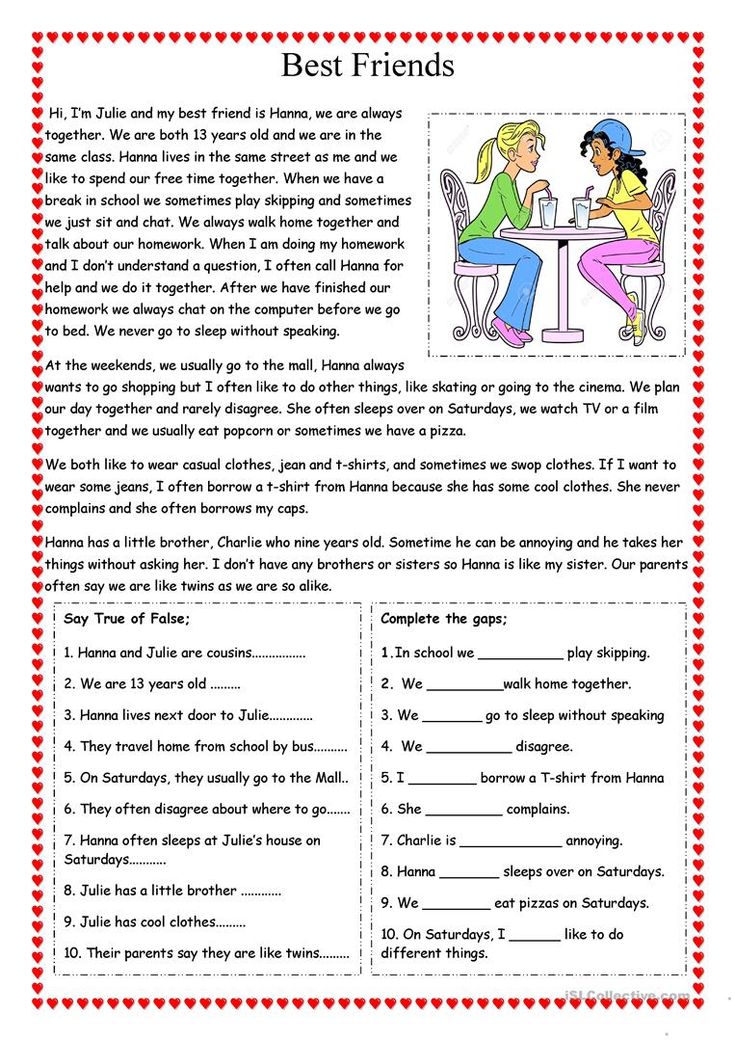 We have some leveled reading material aimed at young learners here. However sites like Starfall offer online stories that may help as well.
We have some leveled reading material aimed at young learners here. However sites like Starfall offer online stories that may help as well. - Offer incentives for their reading. Although the aim is to have them choose to read for fun all things start slowly and build momentum. If you can associate reading with enjoyment and reward (extrinsic in the first place) then they will start to enjoy reading and learning for its own merits.
- Picture books can keep your child’s interest . If you stop reading after 15 to 20 minutes, they’ll be begging to jump back into the material. Its great bonding time as well
- Use alternative texts, screen magazines etc. Children can be introduced to different text types to show there are reading opportunities everywhere.
- Ask what your children are covering in school. If you ask their teachers they will be happy to share and offer advice on how to help your second grader progress as well as they can.
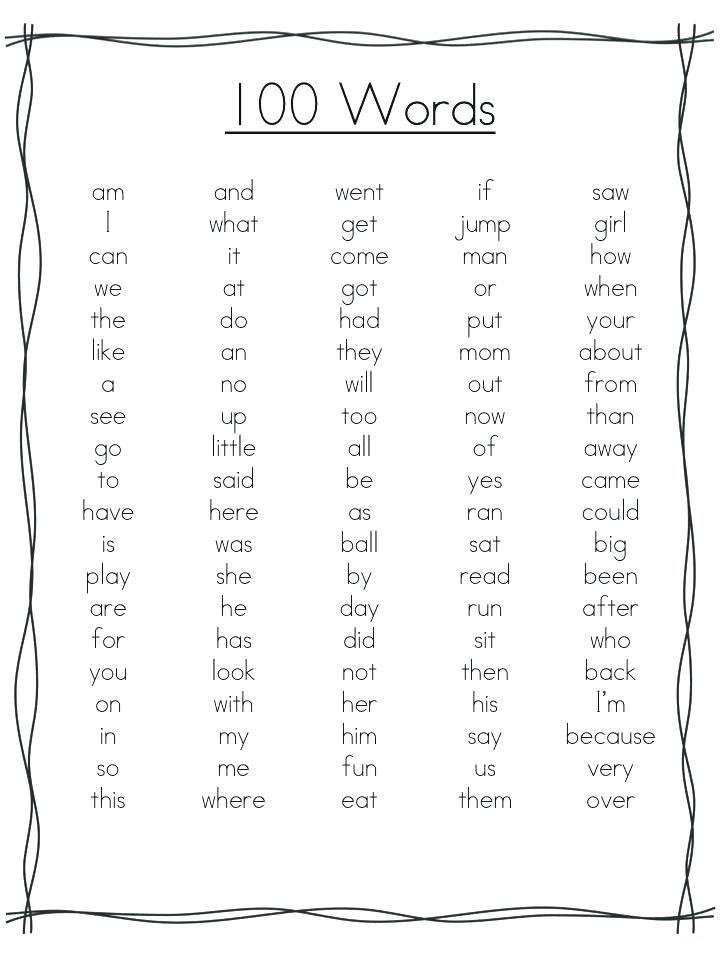
- Take a look at using online games to diversify how you introduce learning and reading.
Children are always seeking out new opportunities to learn. Parents can simply guide them to make sure there is a little structure to their learning. Using their interests to guide their reading means they are learning about topics they like and improving their reading. As they progress so with their reading levels.
Finally
We have covered the average reading levels for second graders in native classrooms, of course there will be some difference in ESL or other classrooms. They key takeaway from all of this is that children will progress at their own speed. you can help them on their reading journey but you shouldn’t force them
Reading should be a joy not a chore.
Here’s a quick recap of the post:
- Second graders typically fall between a 6 to 20 reading level.
- Focus on reading for fun, decoding skills, and comprehension.
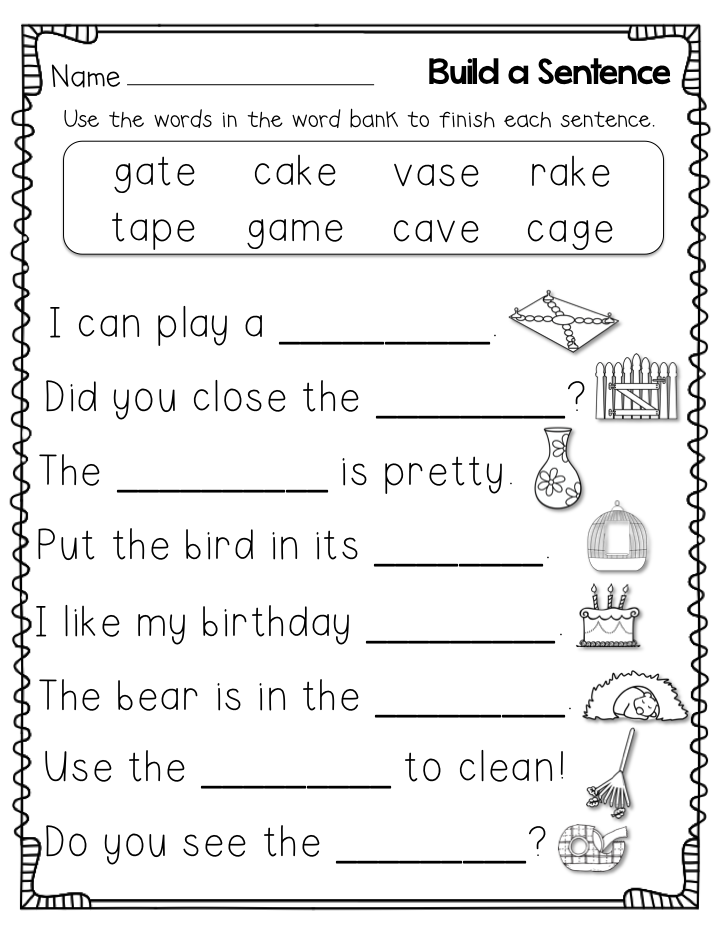
- Follow their interests, it helps motivate them to read
- Use additional resources and activities to engage and inspire them
if you are looking for other grades reading levels then we have these in the table below.
Other Grades Average Reading Levels.
We have a selection of articles on reading level expectations for different grades below.
Sources
- Scholastic – Learn About Leveled Reading
- Reading A to Z – Levelled Books
- Amazon Second Grade Reading.
Hi I’m Marc. A teacher of over 15 years, English, General Studies and Outdoor Education. Thought it was about time to sharing both what I have learnt during that time and the resources I have put together. On this site we aim to teach the theory and share our thoughts, but also go that one step further and give you access to the hard resources you need for your class or for you children
Like this:
Like Loading.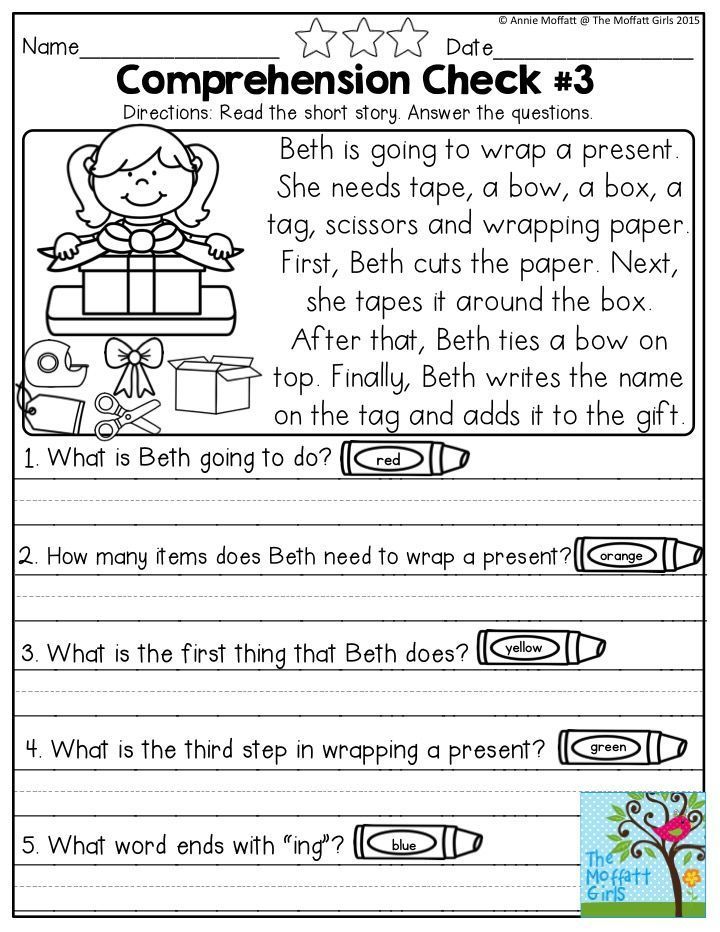 ..
..
Making English Fun!
I have been a teacher of English for over 15 years, in that time i made hundreds and thousands of resources and learnt so much i think its worth sharing. Hopefully to help teachers and parents around the world.
2nd Grade / Fountas and Pinnell Reading Level Chart
-
Reading Levels
Grade Levels
A
K
B
K
1
C
K
1
D
1
E
1
F
1
G
1
H
1
2
I
1
2
J
2
K
2
L
2
3
M
2
3
N
3
O
3
4
P
3
4
Q
4
R
4
S
4
5
T
5
U
5
V
5
W
5
Reading standards for grade 2: GEF in primary school, how many words should be read
Parenting
GEF for reading in primary school
Federal State Educational Standards (FSES) are not rigid. We know that all children are different. Some are ahead of their peers in development, others are lagging behind. The latter is not a reason for panic, but a signal to find approaches to the child and help him improve his knowledge and skills.
We know that all children are different. Some are ahead of their peers in development, others are lagging behind. The latter is not a reason for panic, but a signal to find approaches to the child and help him improve his knowledge and skills.
When studying with a child, parents can easily bring him closer to reading standards for grade 2
- Photo
- Getty
In no case should parents put pressure on their child, forcing him to bring his performance closer to the standards. Compliance with average indicators is not a sign of high or low intelligence development. Although the ability to read quickly is necessary to master the complex program of a comprehensive school.
How many words per minute should a second grader read
For comparison, here are the average reading indicators created for the elementary school level:
- Grade 1 1st semester – 25-30 words in 60 seconds;
- 1st grade 2nd semester – 30-40;
- 2nd grade 1st semester – 40-50;
- 2nd grade 2nd semester – 50-60;
- Grade 3 1st half – 60-70;
- Grade 3 2nd semester – 70-80;
- 4th grade 1st semester – 80-90;
- 4th grade 2nd semester – 100-120.
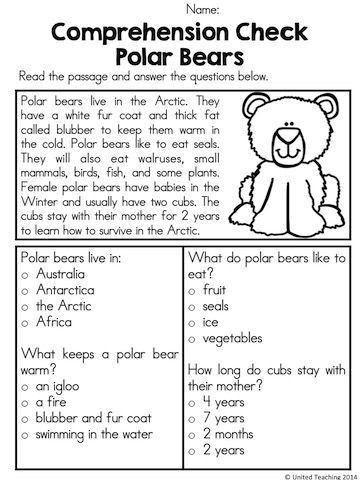
In high schools, teachers and students strive for higher performance.
Reasons for slow reading
It is not worth sounding the alarm because your beloved child has not reached the average level of reading norms. There is no need to scold the child either. Parents should understand the causes of the lag and eliminate them. Perhaps a second grader reads slowly because of:
- Difficult or uninteresting literature. Each student has their own interests and characteristics. It is important to consider them when compiling a list of literary works to read.
- Regressions. This phenomenon is easy to identify by observing how a second grader reads. If his eyes go back to the beginning of a word or sentence and he often says what he read in his head, there is a regression. It can be the result of habit or inattention. nine0028
- Bad memory. Special exercises will help to correct the situation.
- Poor development of the articulatory apparatus.
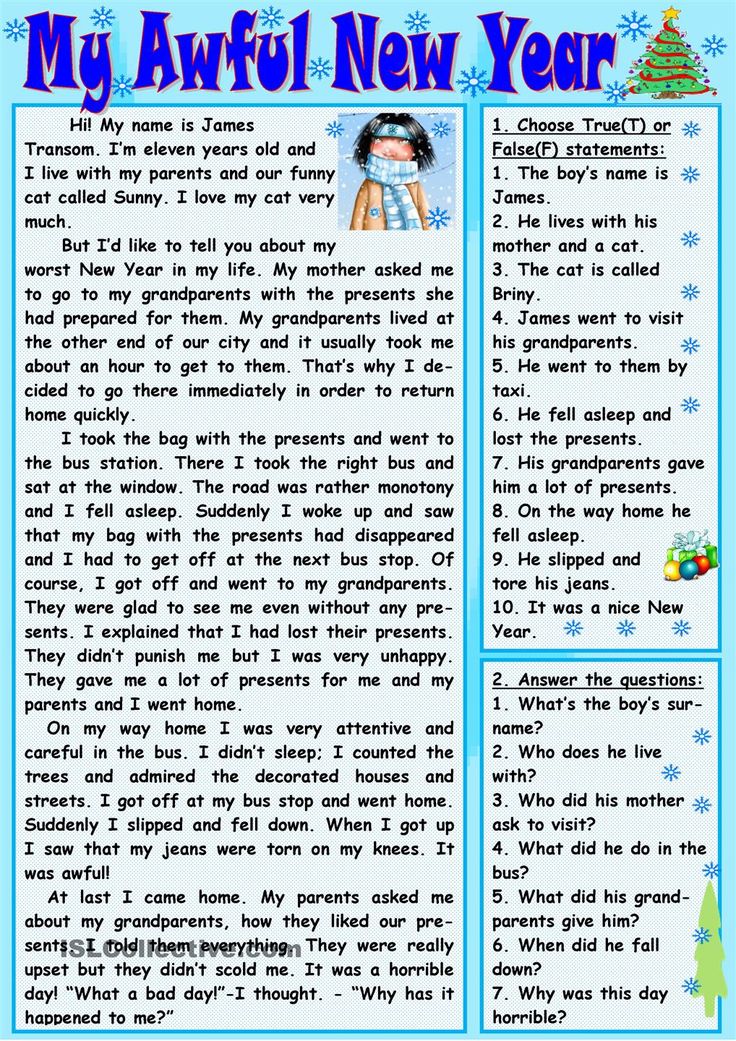 You can fix it with exercise.
You can fix it with exercise. - Poor vocabulary. In this case, it is necessary to identify unfamiliar concepts that come across in the text and explain them.
These are the most common causes, but not all.
If a second grader reads slowly, it is not difficult to correct the situation. Having paid a little more attention to the child, parents will soon be surprised by his success. nine0003
Editorial staff of Wday.ru
Today they are reading
“Does your loved one like it?”: Volochkova’s dress is pulled up - this sight makes you want to cry snow maiden”: a 61-year-old beauty from Tolyatti walks the streets almost naked in winter — 12 photos
They look older than their mother: Angelina Jolie’s daughters on a walk scared passersby with their appearance
Not a womanizer, but a monster: why the favorites of the Sun King hated dating him0003
standards for grades and quarters
Reading is a key skill that opens the gate to the land of knowledge for a child. Thanks to this skill, children learn about the phenomena and events of the world around them, get acquainted with the characters and actions of people, meet new problems and ideas. This skill helps them to broaden their horizons and ideas about the world, develops critical thinking and trains cognitive abilities - attention, imagination, memory. Reading is the foundation for further successful learning. nine0003
Thanks to this skill, children learn about the phenomena and events of the world around them, get acquainted with the characters and actions of people, meet new problems and ideas. This skill helps them to broaden their horizons and ideas about the world, develops critical thinking and trains cognitive abilities - attention, imagination, memory. Reading is the foundation for further successful learning. nine0003
To understand how well a child develops this skill, it helps to check the reading technique. Reading technique is a multifactorial test that characterizes the development of a skill from different angles. In reading technique, the following are evaluated:
- reading speed,
- reading method,
- reading awareness,
- correct reading,
- expressiveness of reading.
A difficult reading skill consists of both a technical and a semantic component and is aimed at achieving the main goal - understanding and assimilation of the information read.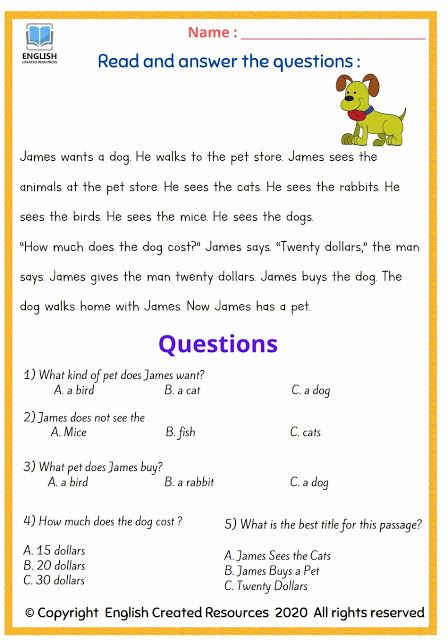 nine0003
nine0003
Reading technique parameters
Let's consider all the components of reading technique in more detail.
- Reading speed - the number of words read in a certain period of time. Often, parents focus on the formation of fluent reading, while the child makes many mistakes, does not understand and does not remember what he read. It is not necessary to force only speed, slower conscious reading and a gradual increase in tempo are better than fast mechanical reading with errors and inaccuracies. nine0028
- Reading method — syllabic reading or reading the whole word, smoothly. With the development of the skill, the child has a gradual transition from syllabic reading to smooth reading in whole words.
- Correct reading is characterized by the absence of errors and hesitation. Inattention, problems of diction lead to inaccurate reading, indistinct articulation and, as a result, to a distortion of meaning. Pay attention to the correct reading - this will be the key to competent writing.
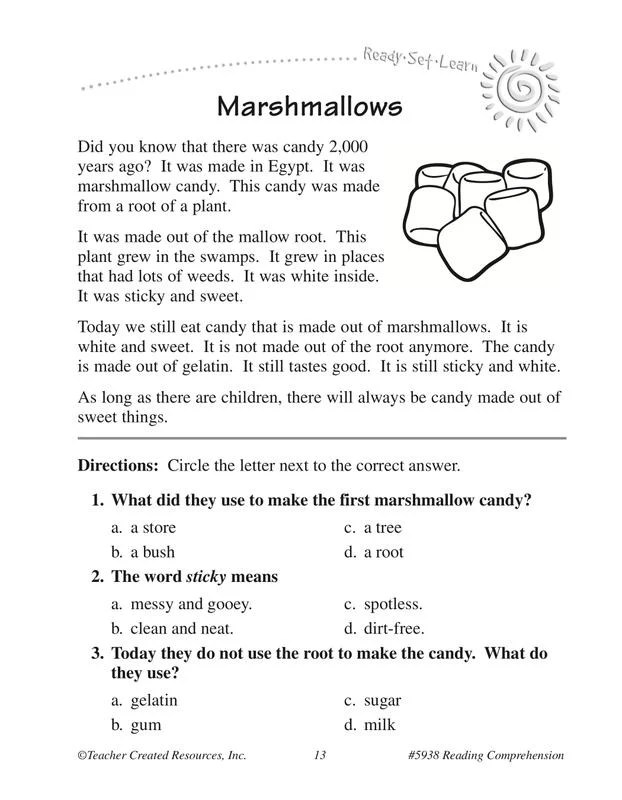 nine0028
nine0028 - Reading awareness involves reading comprehension, awareness of the idea and meaning of the text, and in the future - this is the ability to catch the subtext, humor, irony, the attitude of the author. Interfering with reading comprehension can be low reading speed, distorted reproduction - guessing words, changing the shape of words, not reading endings.
- Reading expressiveness - the use of pauses, finding the right intonation, the correct placement of stresses. The expressiveness of reading is inextricably linked with awareness. When understanding what is read, it is easier for the child to observe the necessary pauses, select the correct intonation and place logical stresses. nine0028
Reading speed standards for primary school
GEF standards determine the desired reading speed for a child by a certain point in learning, help to understand whether the development of a skill is successful or whether additional attention is required. Standards - indicative values; it is important to take into account the individual psychophysiological characteristics of each child and evaluate the growth of his personal indicators.
Standards - indicative values; it is important to take into account the individual psychophysiological characteristics of each child and evaluate the growth of his personal indicators.
Grade 1 reading speed standards
Reading speed standards in grade 2
Reading speed standards in grade 3
Reading speed standards
9000
of which need to be moved to the end of the lead schools, is reading at the speed of conversational speech, 110-120 words per minute. The human articulatory apparatus has adapted to this speed over time. And most importantly, the reading should be conscious, correct, expressive. nine0003
Other parameters of reading technique
Grade 1
At the end of the first half of the year. Reading is smooth syllabic, conscious and correct, with a clear pronunciation of syllables and words.
At the end of the second half of the year.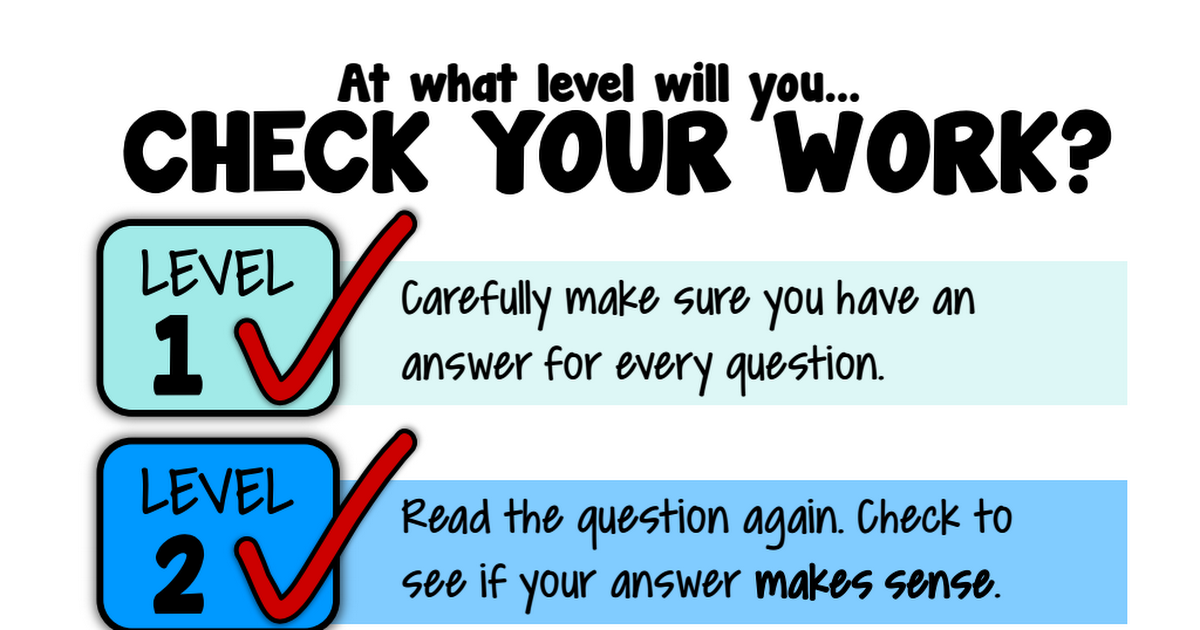 Reading is conscious, correct, simple words are read as a word. Words with a complex syllabic structure can be read syllable by syllable.
Reading is conscious, correct, simple words are read as a word. Words with a complex syllabic structure can be read syllable by syllable.
Grade 2
At the end of the first half of the year. Reading consciously, correctly, in whole words. Compliance with logical stresses. Compound words can be read syllable by syllable. nine0003
At the end of the second half of the year. Reading meaningful, correct, in whole words. With observance of logical stresses, pauses and intonations. Syllabic reading is undesirable.
Grade 3
At the end of the first half of the year. Reading consciously, correctly, in whole words. With observance of pauses and intonations, with the help of which the child expresses an understanding of the meaning of what is being read.
At the end of the second half of the year. Reading consciously, correctly, in whole words. With observance of pauses and intonations, through which the child expresses understanding of the meaning of what is being read. nine0003
nine0003
4th grade
At the end of the first half of the year. Reading consciously, correctly, in whole words. With the help of observed pauses and intonations, the child not only expresses an understanding of the meaning of what is being read, but is able to express his attitude to what he has read.
At the end of the second half of the year. Reading consciously, correctly, in whole words. With observance of pauses and intonations, through which the child expresses an understanding of the meaning of what is read, and his attitude to the content of what is read. nine0003
How can I test my child's reading skills on my own?
Have your child see how well they read already. Children usually love to know how many centimeters they have grown, and they may also be interested in knowing their progress in reading. Warn about the upcoming test and ask the child to read quickly.
The control of reading technique in sensitive children who, due to their temperament, can hardly tolerate various tests, can be carried out imperceptibly or in the form of a game. Do not create unnecessary excitement around the upcoming test, do not arrange a test in the form of an exam. If the child is worried, stutters, transfer control to another time. nine0003
Do not create unnecessary excitement around the upcoming test, do not arrange a test in the form of an exam. If the child is worried, stutters, transfer control to another time. nine0003
Verification process:
- Prepare a clock with a second hand or use the stopwatch on your phone, and choose the appropriate text.
- Ask the child to take a seat.
- Show him the text and ask him to read it aloud.
- Track the time from the moment your child starts reading. Not all children are able to immediately start reading on command, which leads to inaccurate results.
- Usually, one minute is noted for checking, but some experts recommend taking 2 minutes for monitoring, since not all children are equally quickly included in the work. Divide the result obtained in 2 minutes in half. nine0028
- Do not correct or interrupt while reading. It is better to discuss the mistakes made after the child has finished reading.
- Evaluate the speed, correctness, awareness and expressiveness of reading.
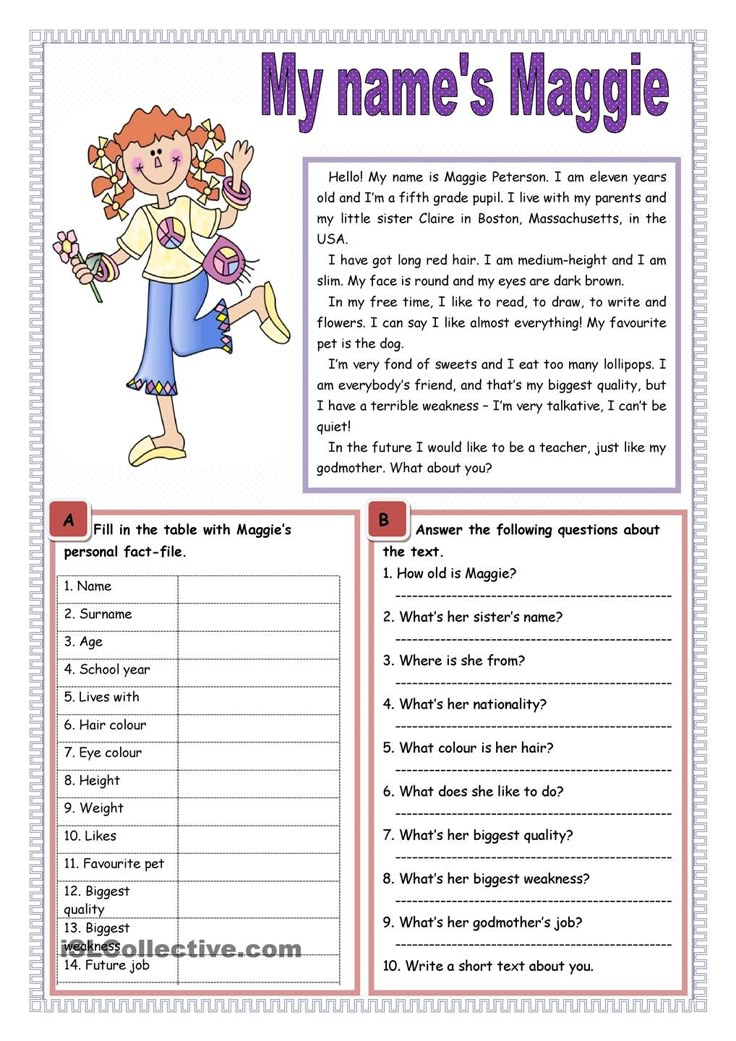
- Retest and compare results. Reading technique may differ depending on the child's fatigue, health status and mood.
Which text is suitable for verification?
Both fiction and non-fiction texts appropriate for the child's age are suitable for this purpose. The text should be unfamiliar, but understandable to the child, have educational and educational value. The texts of V. Bianchi, L. Tolstoy, N. Nosov, B. Zhitkov, K. Ushinsky, V. Dragunsky are suitable. The text for verification can be found in special manuals or in a textbook on the Russian language and literature. nine0003
You should find the text that is located on the spread of the book so that the child does not have to waste time turning pages. Choose text without an abundance of punctuation marks and distracting illustrations. It is not desirable that the passage contains common complex sentences and dialogues. The font must be large enough and legible. The text should not have a technical focus and contain terms incomprehensible to the child.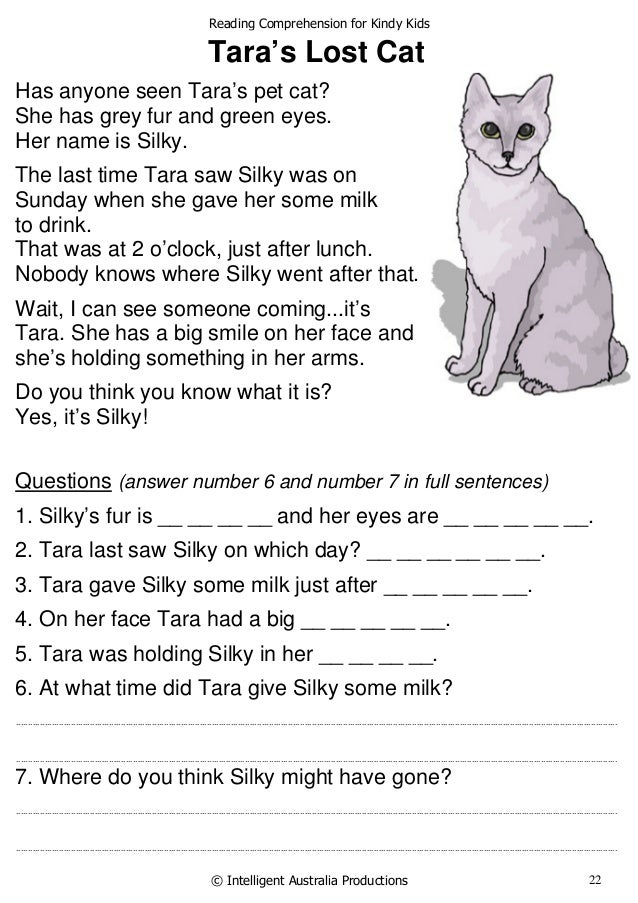
Test score
Speed score
Count how many words the child read in one minute. When counting words, pay attention:
- prepositions, conjunctions, particles of 1-2 letters are counted as one word;
- when wrapping, a word counts as 2 words;
- if the word is written with a hyphen, look at how many letters are on both sides of the hyphen: if there are more than three, we count it as 2 words, for example, "long, long", if less than three, for example, "somehow", - as one .
Compare your score with the recommended range and your child's previous performance. nine0003
Comprehension score
Determine how well the child understood what they read. If the student reads slowly and has read only a couple of sentences, let him read the passage to the end. Ask your child a few questions about the text. Ask what or who he read about. Ask the child to identify the main idea of what they read and retell the text.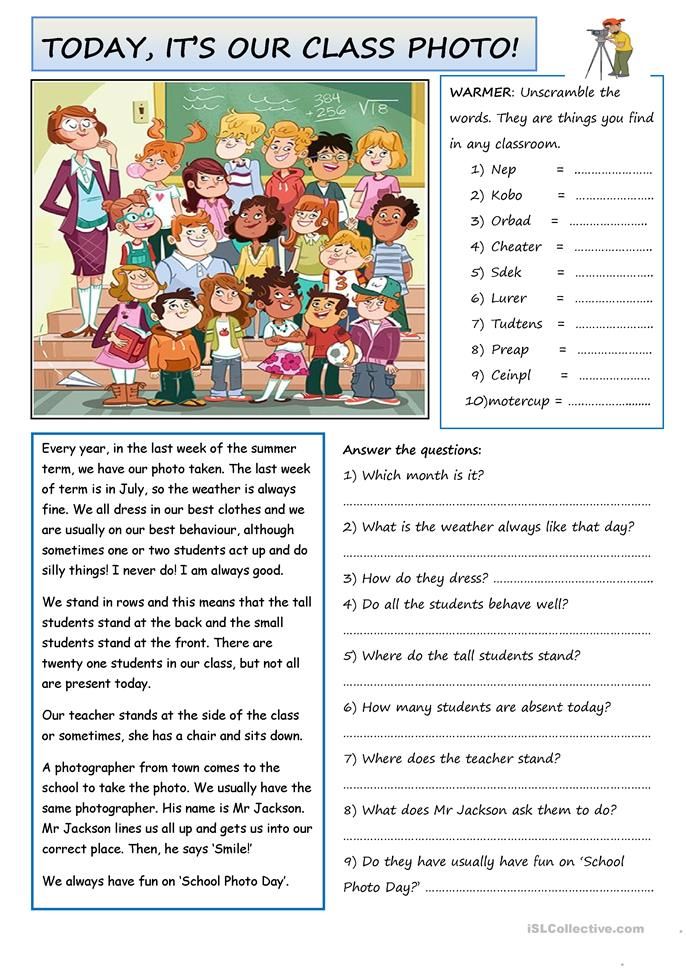
For a deeper check of the meaning of the reading and learning, use special teaching kits. nine0003
Correctness assessment
Pay attention to whether the child reads what is written correctly, whether he pronounces words clearly, whether there are hesitations and corrections, whether he alters words, whether he changes endings, whether he places stresses correctly. Discuss the mistakes with the student.
Evaluation of expressiveness
To assess the expressiveness of reading, the child is offered a familiar text. Listen to whether the child observes pauses and other punctuation marks, whether he changes intonation, whether he highlights the main idea. nine0003
Improving reading technique
Poor results in reading technique are not a reason to be upset, but only a signal that additional efforts need to be made to improve the skill. You can work with the child on your own or contact a specialist who will analyze the weak points and select the appropriate exercises. Conduct additional activities with the child in the mode of "sparing reading" without pressure. It is more important to observe the regularity and frequency of classes: 10-20 minutes daily. nine0003
Conduct additional activities with the child in the mode of "sparing reading" without pressure. It is more important to observe the regularity and frequency of classes: 10-20 minutes daily. nine0003
How can you motivate your child to read:
- Reward your efforts with stickers, stars.
- Mark progress visually - create a success board so your child can visually see their progress
- Conduct activities in the form of a game, such as "going to the library" or "reading to your favorite toys."
- Choose books and texts that are interesting for your child.
- Let the child read to the pets, they are grateful and accepting listeners. Reading to them, the child is not afraid to make a mistake, he relaxes and overcomes the fear of failure. nine0028
- Have a reading competition between peers and siblings.
To improve the speed of reading will help:
- Reading by syllabic tables.
- Multiple reading. Read the same text several times, increasing the pace.
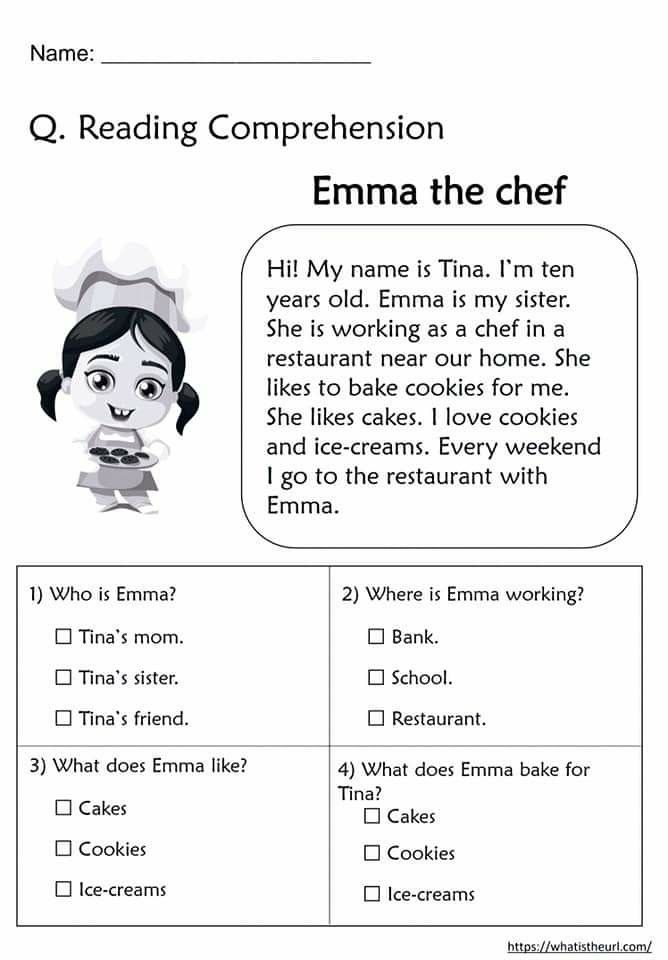 From the second time the child will be able to read faster.
From the second time the child will be able to read faster. - "Tug". An adult leads a finger along the line, setting the pace. The child tries to read at a given pace.
- Tops and roots. The child reads the words, covering the upper or lower half of the letters with a ruler. nine0028
- Reading in a book turned upside down.
- Lightning. Alternating reading at a comfortable pace with reading at the highest possible speed for 20 seconds on the command "Lightning!".
- "Sprint". Reading speed competition between classmates.
- Work on expanding the field of view according to Schulte tables.
- Reading with a window to eliminate "regression" - recurrent eye movements, leading to repeated reading.
For correct reading:
- Work on clear diction, do articulatory gymnastics.
- Read tongue twisters and tongue twisters.
- Invite the child to correct the deformed sentences: "The weather is good on the street.
 "
" - "Imaginary word". When reading, the wrong word is pronounced, the child must correct it.
Reading comprehension
- Wave Reading. First, the child reads aloud, then retells what he read. nine0027 Drawing up a plan for reading.
- The student reads to himself at a comfortable pace, tells what he understood and felt, what he thought about
- Discuss unfamiliar words and expressions.
- Invite the child to draw a picture of the passage they read.
- Ask them to tell you what they liked about the text, what they remember.
For expressive reading
- Role-playing, staging.
- Arrange a "radio show". nine0028
- Expressive recitation of poems.
- Voice flexibility training. The ability to speak quieter-louder, higher-lower.
- Conducting reading indicating the tone or strength of the voice.
- Live Picture. One reads, the other reacts with facial expressions.
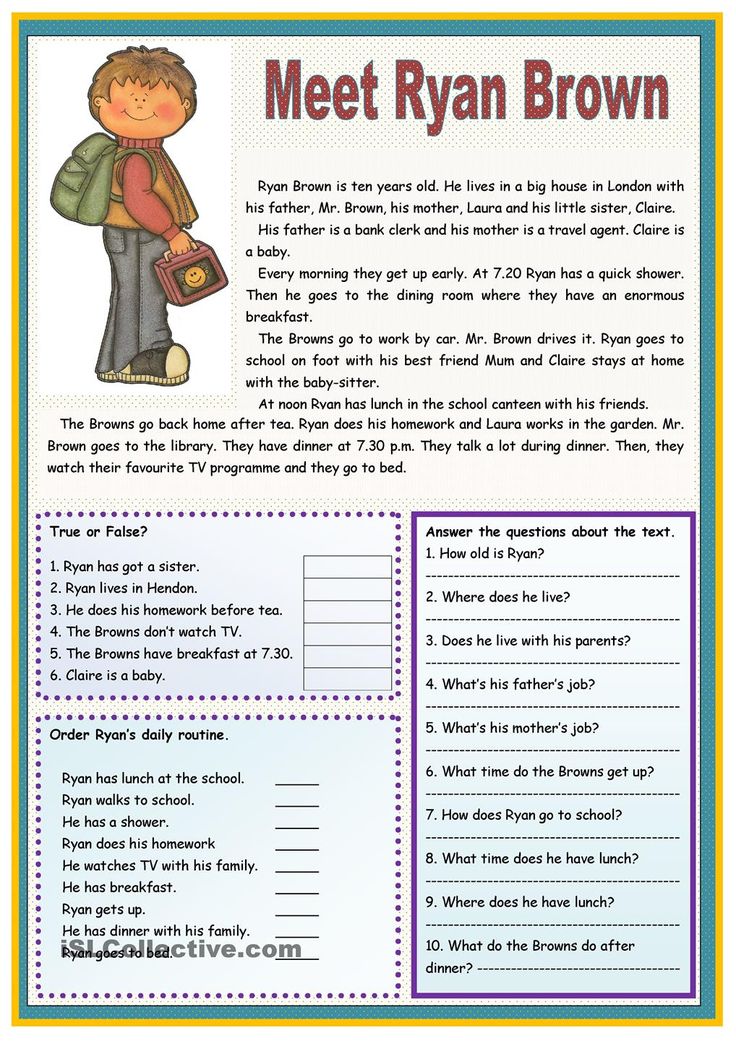
Learn more






